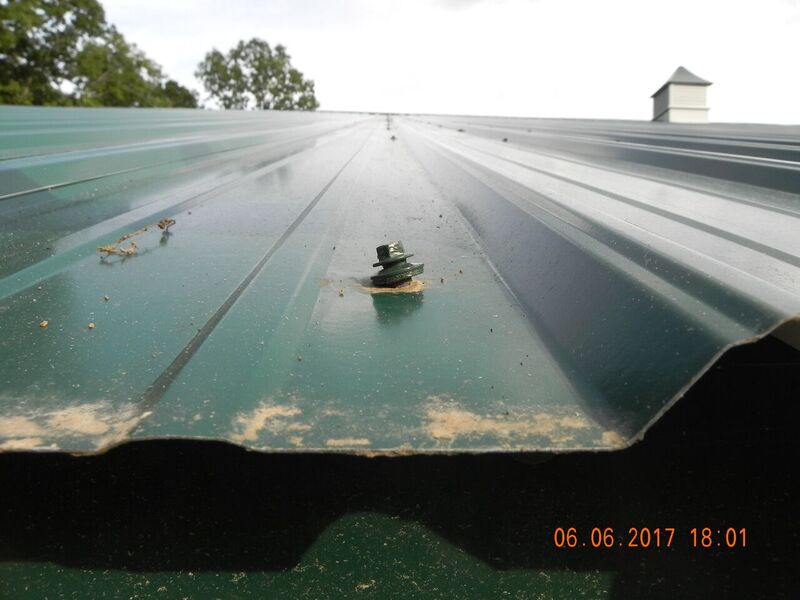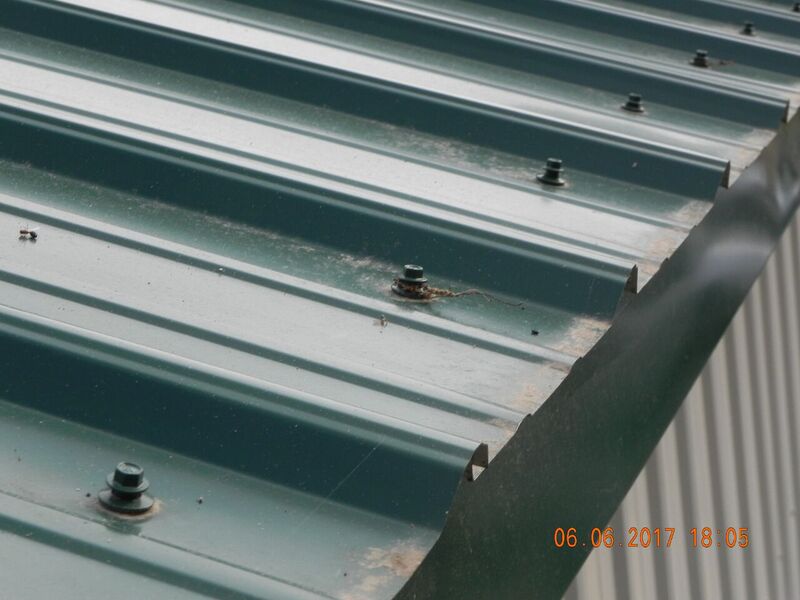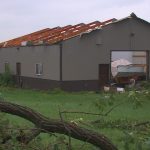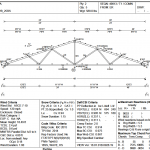 The photo you are witnessing happens to be an example of a poor installation job done by a “professional” builder. I use the term professional here in quotes, because anyone who is being paid a sum of money (or perhaps receiving a horse in trade) in exchange for providing a service could be deemed as a professional.
The photo you are witnessing happens to be an example of a poor installation job done by a “professional” builder. I use the term professional here in quotes, because anyone who is being paid a sum of money (or perhaps receiving a horse in trade) in exchange for providing a service could be deemed as a professional.
Professional can be rather like “quality” – just as quality comes in good and bad, so do professionals.
This particular screw happens to be just one of thousands on a very expansive roof – an 88 foot clearspan width by 120 foot long horse riding arena. It turns out the roof has more than a few roof leaks, which (if there are many screws installed like this one) is not sadly overly surprising.
Apparently the partially installed screw method was quite popular for this particular installer, as witnessed in this photo:
 It seems whomever was working the eave edge of the roof wasn’t quite certain as to what a seated screw should look like.
It seems whomever was working the eave edge of the roof wasn’t quite certain as to what a seated screw should look like.
While we are looking at this second photo, take heed at the first rib of steel closest to the middle of the page. The overlap is clearly not tight against the underlap.
My suspicion is the builder did not predrill the roof panels (as instructed in the Hansen Pole Buildings’ Construction Manual), given the propensity for screws elsewhere on the roof to have been driven in at an angle, as well as places where two screws sit about two inches apart from each other, with one of them sporting a fresh coat of caulking (not an approved fix for a missed screw).
The engineered building plans and the installation instructions also call for screws to be placed on each side of every high rib at the eave and ridge. These areas have the greatest sheer loads to carry and a shortage of screws at these locations will eventually cause slotting under the screw heads, followed by even more leaks.
Strangely (or maybe not) we rarely have a DIYer experience a roof leak……think about it.









